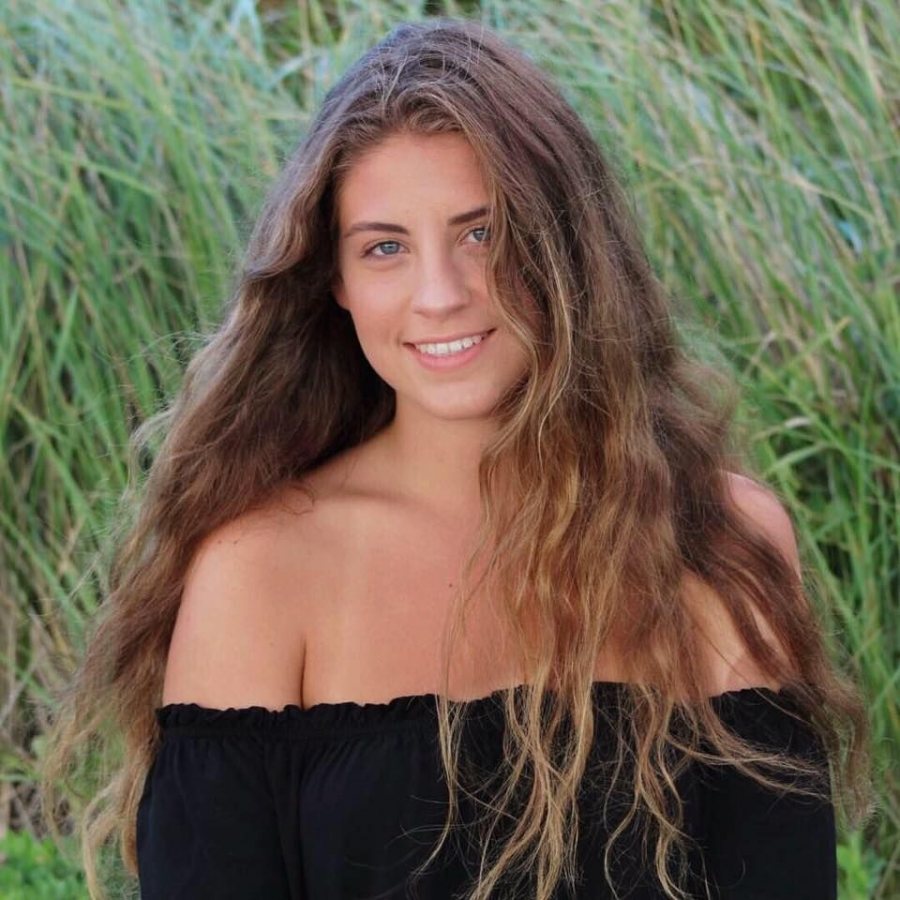Chatter and Deep Connection: Reflections on Virtual Art Programming

Art programming provides an environment for young Lewiston students to express themselves creatively through weekly art projects. My first three years of programming took place in a classroom full of students and volunteers. The rooms were lively, full of chatter and deep connection. Each week, I would arrive with a planned project, usually pertaining to the season or something going on in the world. After explaining the project and making a couple of laps around the room to visit with the children, I would notice that they took extensive artistic liberties, telling me they wanted “to do this instead!” I welcomed this change and encouraged them to use the project as a jumping off point and let their creativity express itself freely. Students’ freedom within the project allowed for their expression to find form through art. While art is what brings us together, the programs serve as opportunities for connection across boundaries, honesty with emotions, and empathy for one another.
In light of the pandemic, community programming looks very different this school year. I am amazed and inspired by my peers and the Bates community who have risen to the occasion through commendable measures of adaptation. Whether this be remote programming or enacting measures of social distancing, their efforts are worthy of recognition. Entering the school year, I worried about how community engagement would look this year—whether or not incoming First Years would have the opportunity to see how fervently Bates students value community engagement and find roles of their own to fill. Since returning to campus, my worries have subsided.
Remote Art Programming has taken form through videos posted to the BatesConnect online platform for local students to access asynchronously. Each week, I brainstorm a project and pack individual “art baggies” proportioned with materials. While brainstorming the projects, I imagine what inventive approaches students will take, and it brings a smile to my face. I dearly miss being greeted by the radiant energy of the kids, but personal commitment to provide them an opportunity to express themselves remains strong. I am both humbled and grateful to provide Art Programming to students of the Lewiston/Auburn community.
– Casey Kelley ’21
In this short video, Casey presents an acrostic name poem project to students at Hillview Housing Development. Acrostic name poems use each letter of a person’s name to spell out a word or phrase that describes them. The project served as an opportunity for students to get to know one another and Casey, helping to build relationships remotely.